British Archaeologists are using advanced imaging techniques to investigate the unusual ancient Roman practice of pouring plaster over the remains of deceased relatives.
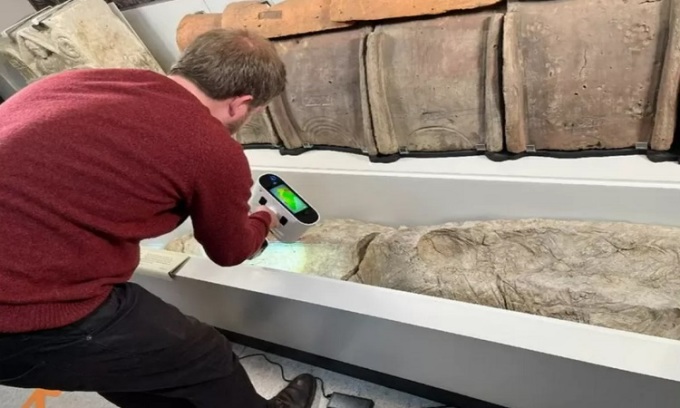
A researcher 3D scans a plaster cast of remains in a coffin. Photo: University of York
The ancient Romans poured a liquid plaster into coffins, covered the body and allowed it to harden. This created a cavity in which the original shape, size and posture of the deceased were perfectly preserved. The team said Roman plaster tombs were found across Europe and North Africa, but were particularly common in Britain, with at least 45 cases recorded.
In a study published on June 3 at the York Festival of Ideas, scientists at the University of York collected 3D scans of 16 plaster tombs. These tombs typically contain only one person per coffin. But the scans revealed that one plaster coffin contained the remains of a family of two adults and a baby who died at the same time.
"The 3D imaging allows us to witness a family tragedy nearly 2,000 years after it happened," said Professor Maureen Carroll, head of Roman archaeology at the University of York. "The outlines of the three individuals under the plaster cast are clear to the naked eye, but it is difficult to determine the relationships of the dead and to see how they were dressed or wrapped. The 3D model helps to clarify these ambiguities."
The team will now conduct further analysis to determine the age, gender, diet, and even geographic origin of the family members buried in the tomb. However, their research cannot reveal why the Romans adopted this form of burial, which seems to have had nothing to do with high social status. Whatever the purpose of the plaster cast, the practice is extremely useful for archaeologists who want to understand aspects of the lives of the dead.
“Using advanced scanning technology, researchers can analyze archaeological materials to find details that are invisible to the naked eye,” said Patrick Gibbs, chief technology officer of the Heritage360 project, which works with digital photographs.
An Khang (According to IFL Science )
Source link





![[Photo] Hanoi morning of October 1: Prolonged flooding, people wade to work](https://vphoto.vietnam.vn/thumb/1200x675/vietnam/resource/IMAGE/2025/10/1/189be28938e3493fa26b2938efa2059e)




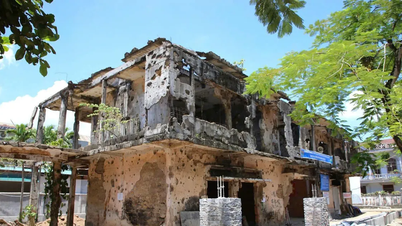


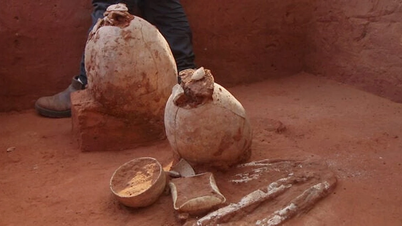
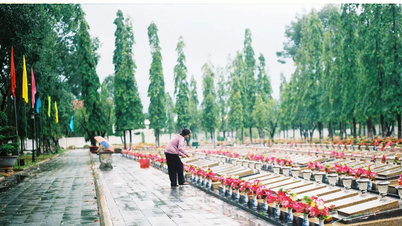
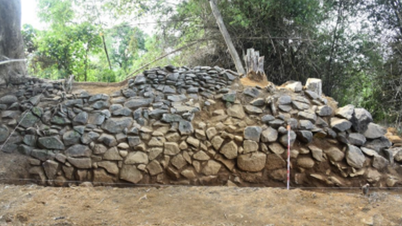






















![[Photo] Panorama of the cable-stayed bridge, the final bottleneck of the Ben Luc-Long Thanh expressway](https://vphoto.vietnam.vn/thumb/1200x675/vietnam/resource/IMAGE/2025/9/30/391fdf21025541d6b2f092e49a17243f)































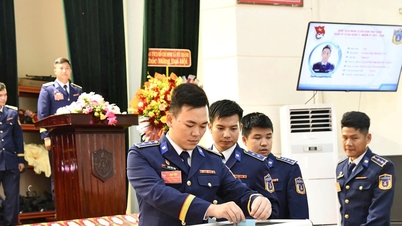

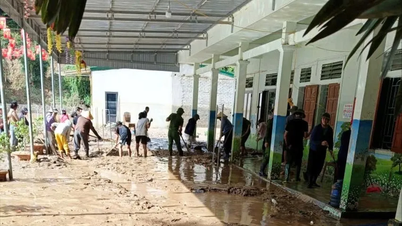
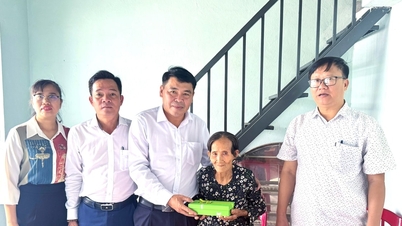

















Comment (0)